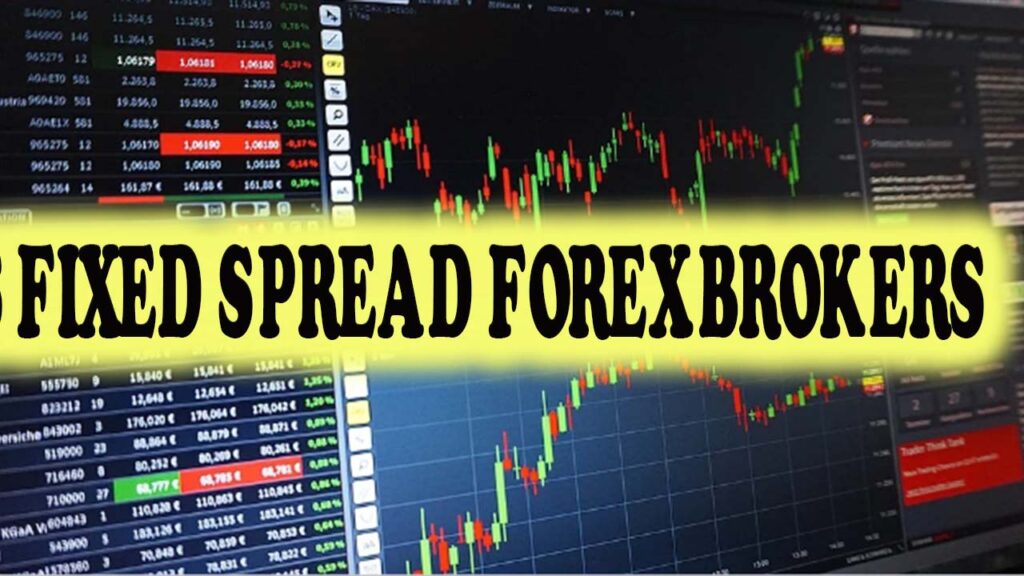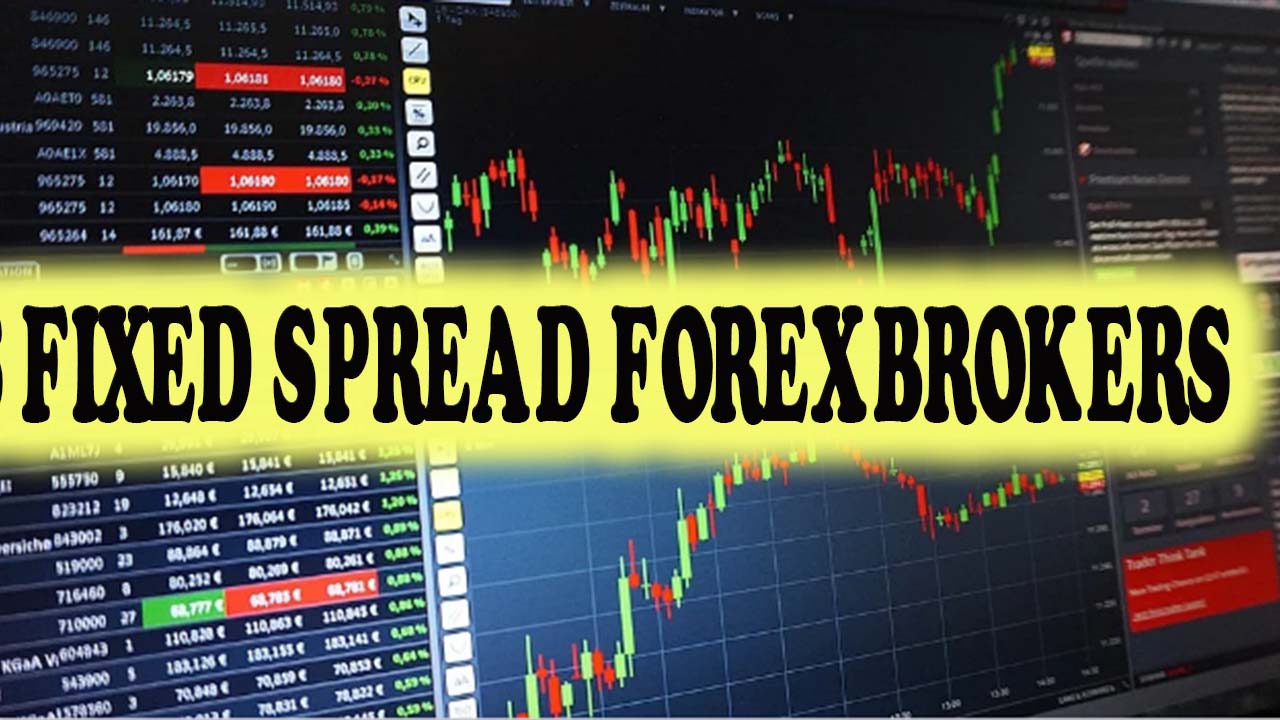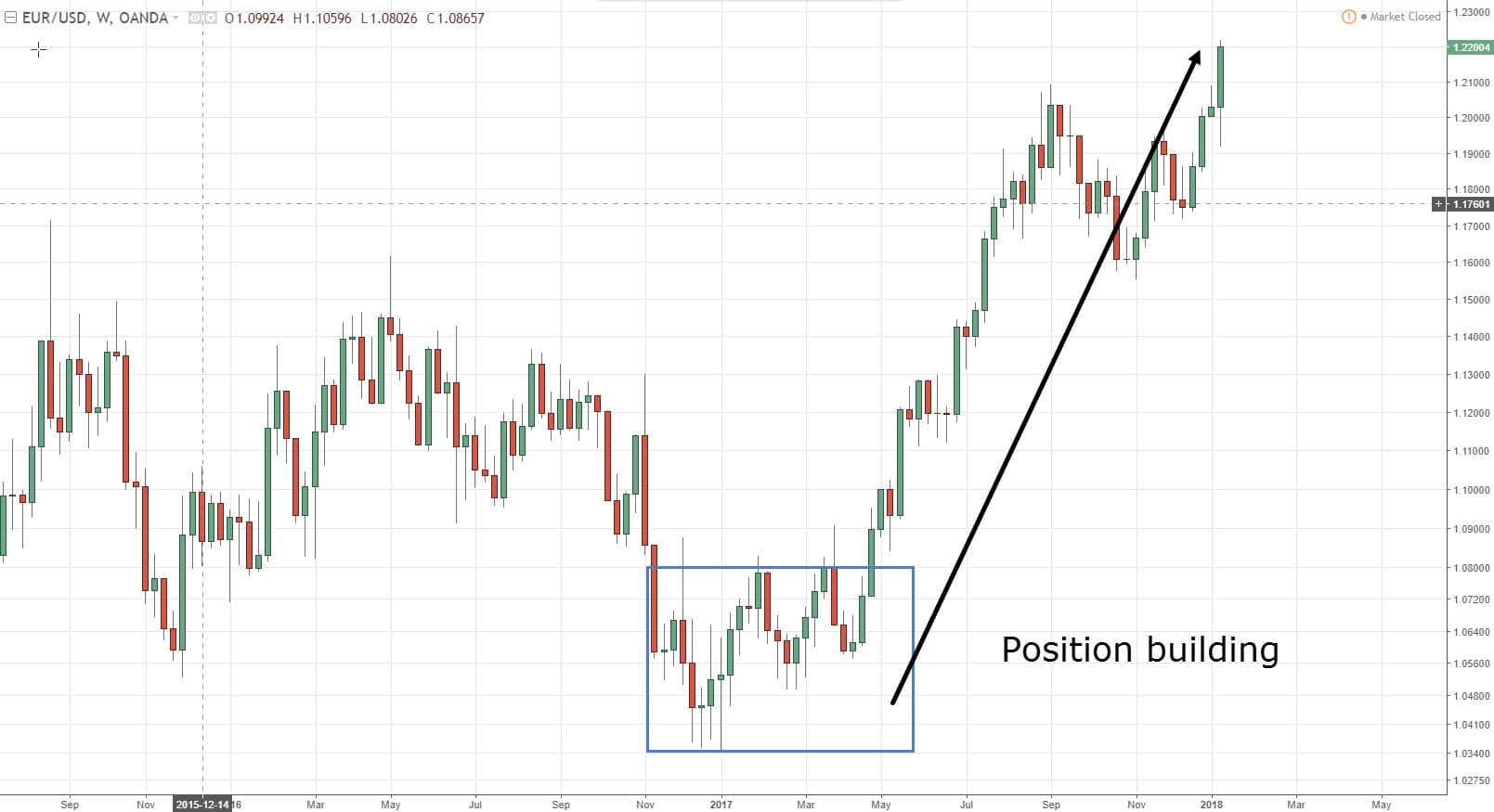What is a Spread in Forex Trading?
In the Forex market, a spread is a crucial concept that every trader should understand. So, what is a spread in Forex? In essence, it is the difference between the bid and ask prices of a currency pair. This difference represents the cost of trading, and it’s a key factor in determining the profitability of a trade. The spread is typically measured in pips, which is the smallest unit of price movement in Forex trading.
Understanding the spread is vital for Forex traders, as it can significantly impact their trading performance. A higher spread means a higher cost, while a lower spread means a lower cost. In this article, we’ll delve deeper into the world of spreads, exploring how they work, the role of brokers, and strategies for minimizing their impact. By grasping the concept of a spread in Forex, traders can make informed decisions and optimize their trading strategies.
How to Calculate the Spread in Forex
Calculating the spread in Forex is a straightforward process that involves understanding the bid-ask price difference and the pip value. The spread is calculated by subtracting the bid price from the ask price, and the result is expressed in pips. For example, if the bid price of EUR/USD is 1.1000 and the ask price is 1.1020, the spread would be 20 pips.
The pip value is also an essential component in calculating the spread. In Forex trading, a pip is typically equal to 0.0001 of the quoted currency. For instance, if the EUR/USD exchange rate is 1.1000, a pip would be equivalent to $10. To calculate the spread in terms of currency, multiply the pip value by the number of pips in the spread. In the previous example, the spread would be 20 pips x $10 = $200.
Understanding how to calculate the spread is crucial for Forex traders, as it helps them to determine the cost of trading and make informed decisions. By grasping the concept of spread calculation, traders can optimize their trading strategies and minimize their trading costs.
The Role of Brokers in Determining the Spread
Forex brokers play a crucial role in determining the spread, as they are responsible for setting the bid and ask prices for currency pairs. Brokers make money from the spread by charging a markup on the prices they offer to traders. This markup is typically a small percentage of the trade value, but it can add up quickly, especially for high-volume traders.
There are different types of Forex brokers, each with their own spread policies. Market makers, for example, set their own bid and ask prices, often with a wider spread to ensure a profit. ECN (Electronic Communication Network) brokers, on the other hand, aggregate prices from multiple liquidity providers, offering tighter spreads to traders. STP (Straight Through Processing) brokers also offer competitive spreads, as they route trades directly to liquidity providers.
When choosing a Forex broker, it’s essential to consider their spread policies and how they affect trading costs. Traders should look for brokers that offer competitive spreads, transparent pricing, and a reliable trading platform. Additionally, traders should be aware of any hidden fees or commissions that may be charged by the broker, as these can eat into trading profits.
Understanding the role of brokers in determining the spread is vital for Forex traders, as it can help them make informed decisions about their trading costs and optimize their trading strategies. By choosing the right broker and understanding their spread policies, traders can minimize their trading costs and maximize their profits.
Types of Spreads in Forex Trading
In Forex trading, there are three main types of spreads: fixed, variable, and floating. Each type has its advantages and disadvantages, and understanding these differences is crucial for traders to make informed decisions about their trading strategies.
Fixed spreads are set by the broker and remain constant, regardless of market conditions. This type of spread is often preferred by beginners, as it provides a sense of stability and predictability. However, fixed spreads can be wider than variable spreads, resulting in higher trading costs.
Variable spreads, on the other hand, fluctuate according to market conditions. During times of high volatility, variable spreads may widen, increasing trading costs. However, in calm market conditions, variable spreads can be narrower, reducing trading costs. This type of spread is often preferred by experienced traders who can adapt to changing market conditions.
Floating spreads are similar to variable spreads, but they are typically offered by ECN brokers. Floating spreads are based on the best available prices from multiple liquidity providers, resulting in tighter spreads and lower trading costs. However, floating spreads can also widen during times of high volatility, increasing trading costs.
When choosing a Forex broker, it’s essential to consider the type of spread they offer and how it aligns with your trading strategy. Traders should also be aware of any hidden fees or commissions that may be charged by the broker, as these can eat into trading profits. By understanding the different types of spreads and their implications, traders can optimize their trading strategies and minimize their trading costs.
How to Choose the Right Broker for Your Spread Needs
When it comes to Forex trading, choosing the right broker can make all the difference in your trading performance. One of the key factors to consider when selecting a broker is their spread policy. A broker’s spread can significantly impact your trading costs, and it’s essential to find a broker that offers a spread that aligns with your trading strategy.
Here are some tips and guidelines to help you choose the right broker for your spread needs:
Firstly, consider the type of spread offered by the broker. Do they offer fixed, variable, or floating spreads? What are the advantages and disadvantages of each type? Understanding the different types of spreads will help you make an informed decision about which broker to choose.
Secondly, research the broker’s spread policy. What is their average spread for major currency pairs? Do they offer competitive spreads for exotic currency pairs? Look for brokers that offer transparent and competitive spreads.
Thirdly, consider the broker’s trading conditions. Do they offer leverage, and if so, what are the leverage ratios? What are the margin requirements, and how do they affect your trading costs? Look for brokers that offer flexible trading conditions that align with your trading strategy.
Fourthly, read reviews and ratings from other traders. What do they say about the broker’s spread policy? Are there any hidden fees or commissions? Look for brokers with a good reputation and transparent business practices.
Finally, consider the broker’s customer support. Are they available 24/7? Do they offer multilingual support? Look for brokers that offer excellent customer support to help you with any issues or concerns.
By considering these factors, you can find a broker that offers the best spread for your trading needs. Remember, a good broker can help you minimize your trading costs and maximize your profits. Always do your research and choose a broker that aligns with your trading strategy.
The Impact of Market Conditions on the Spread
In Forex trading, market conditions play a significant role in determining the spread. Volatility, liquidity, and other market factors can affect the spread, making it essential for traders to understand how to adapt to changing market conditions.
Volatility, in particular, has a significant impact on the spread. During times of high volatility, the spread tends to widen, increasing trading costs. This is because brokers and market makers need to account for the increased risk of price fluctuations. On the other hand, during times of low volatility, the spread tends to narrow, reducing trading costs.
Liquidity also plays a crucial role in determining the spread. In markets with high liquidity, the spread tends to be narrower, as there are more buyers and sellers competing for trades. In markets with low liquidity, the spread tends to be wider, as there are fewer buyers and sellers, making it more difficult to execute trades.
To minimize the impact of the spread, traders need to adapt to changing market conditions. Here are some strategies to consider:
Firstly, traders should monitor market conditions closely, using technical and fundamental analysis to anticipate changes in volatility and liquidity. By doing so, traders can adjust their trading strategies to minimize the impact of the spread.
Secondly, traders should consider using scalping strategies during times of high volatility, when the spread is wider. Scalping involves making multiple trades in quick succession, taking advantage of small price movements. This strategy can help traders minimize the impact of the spread.
Thirdly, traders should consider using hedging strategies during times of low liquidity, when the spread is wider. Hedging involves opening multiple positions in different markets, reducing the risk of price fluctuations. This strategy can help traders minimize the impact of the spread.
By understanding the impact of market conditions on the spread, traders can develop strategies to minimize its impact and improve their trading performance. Remember, a good understanding of the spread is essential for Forex trading success.
Minimizing the Spread: Strategies for Forex Traders
In Forex trading, minimizing the spread is crucial to maximizing profits. The spread can eat into trading profits, making it essential for traders to develop strategies to minimize its impact. Here are some strategies and techniques for minimizing the spread in Forex trading:
Scalping is a popular strategy for minimizing the spread. Scalping involves making multiple trades in quick succession, taking advantage of small price movements. By doing so, traders can minimize the impact of the spread and maximize profits. For example, a trader can buy a currency pair at 1.2000 and sell it at 1.2005, making a profit of 5 pips. By repeating this process multiple times, traders can accumulate significant profits.
Hedging is another strategy for minimizing the spread. Hedging involves opening multiple positions in different markets, reducing the risk of price fluctuations. By doing so, traders can minimize the impact of the spread and maximize profits. For example, a trader can buy a currency pair in one market and sell it in another market, reducing the risk of price fluctuations.
Using limit orders is also an effective strategy for minimizing the spread. Limit orders allow traders to set a specific price for buying or selling a currency pair, reducing the impact of the spread. For example, a trader can set a limit order to buy a currency pair at 1.2000 and sell it at 1.2005, minimizing the impact of the spread.
Another strategy for minimizing the spread is to trade during times of low volatility. During times of low volatility, the spread tends to be narrower, reducing trading costs. Traders can use technical and fundamental analysis to identify times of low volatility and adjust their trading strategies accordingly.
Finally, traders can minimize the spread by choosing the right broker. Brokers with competitive spreads can help traders minimize trading costs and maximize profits. Traders should research and compare different brokers to find the one that offers the best spread for their trading needs.
By incorporating these strategies and techniques into their trading plans, Forex traders can minimize the impact of the spread and maximize profits. Remember, understanding the spread is essential for Forex trading success, and developing strategies to minimize its impact is crucial for achieving trading goals.
Conclusion: Mastering the Spread for Forex Trading Success
In conclusion, understanding the spread is crucial for Forex trading success. The spread can significantly impact trading profits, and traders need to develop strategies to minimize its impact. By grasping the concept of the spread, including how it works and its significance in the market, traders can make informed decisions to improve their trading performance.
Throughout this article, we have explored the different aspects of the spread in Forex trading, including how to calculate it, the role of brokers, and the impact of market conditions. We have also discussed various strategies for minimizing the spread, such as scalping, hedging, and using limit orders.
By applying these strategies and techniques, Forex traders can reduce trading costs and maximize profits. Remember, what is a spread in Forex trading is not just a concept, but a critical aspect of trading that requires attention and understanding. By mastering the spread, traders can gain a competitive edge in the market and achieve their trading goals.
In the world of Forex trading, knowledge is power, and understanding the spread is essential for success. By incorporating the concepts and strategies discussed in this article, traders can improve their trading performance and achieve long-term success in the Forex market.







